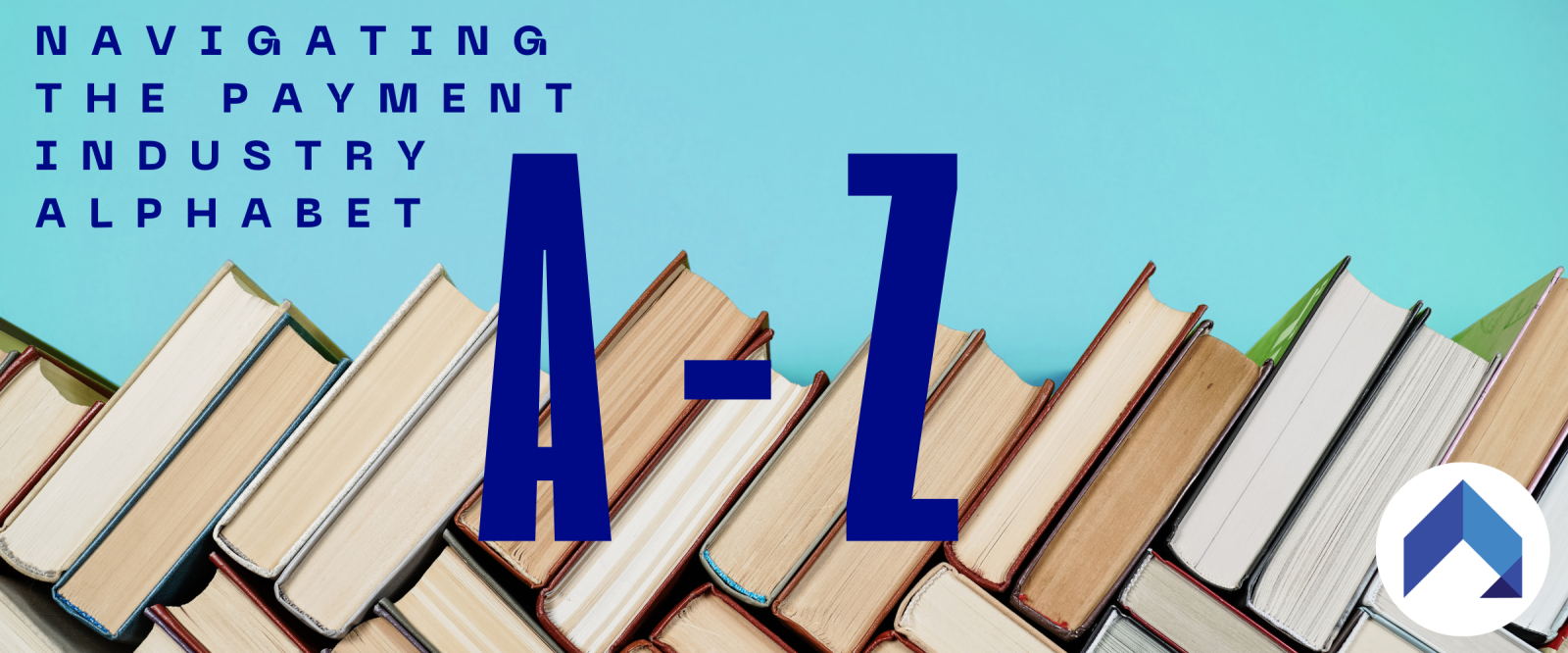Navigating the Payment Industry Alphabet - C is for "Compliance"

Early in my career, one of my favorite managers provided my a great analogy that I still use today. "Compliance should be a guiding light for the business". I was taught that we are not trying to stay 'no' to business opportunities, instead we are trying to "find a way". A good friend of mine (who is also a compliance expert) recently provided me another great analogy, "we don't tell the business how fast or slow they should go, we just ensure the brakes work!"
C is for Compliance! 🙂
In the payments industry, Compliance isn’t just a checkbox—it’s the foundation of trust, integrity, and operational stability.
At its core, compliance refers to adhering to the rules, regulations, and standards set by card networks (Visa, Mastercard), regulatory bodies (like the CFPB, OCC, and FinCEN), and internal policies. It ensures that payment systems operate securely, fairly, and transparently.
But here’s the nuance: compliance is not one-size-fits-all. It varies by:
* Jurisdiction (U.S. vs. international)
* Entity type (bank vs. non-bank)
* Function (Acquirer, Processor, ISO, Gateway)
For example, a U.S. Acquirer must comply with both federal banking regulations and card network rules. Meanwhile, a non-bank processor working through a Sponsoring Bank must align with that bank’s compliance framework and oversight.
From a risk standpoint, non-compliance can lead to:
* Fines and penalties
* Reputational damage
* Loss of network access
* Increased scrutiny from regulators
That’s why understanding the scope and responsibility of compliance is essential—especially when evaluating partnerships, vendors, or performance metrics.
🔍 Key takeaway: Compliance isn’t just about following rules—it’s about knowing whose rules, which rules, and how they apply to your role in the payment ecosystem.

